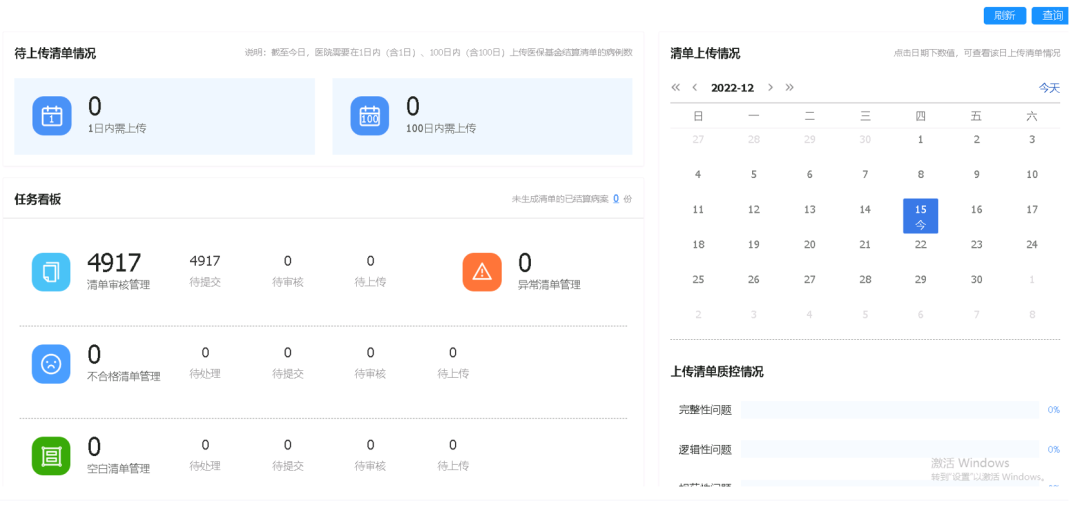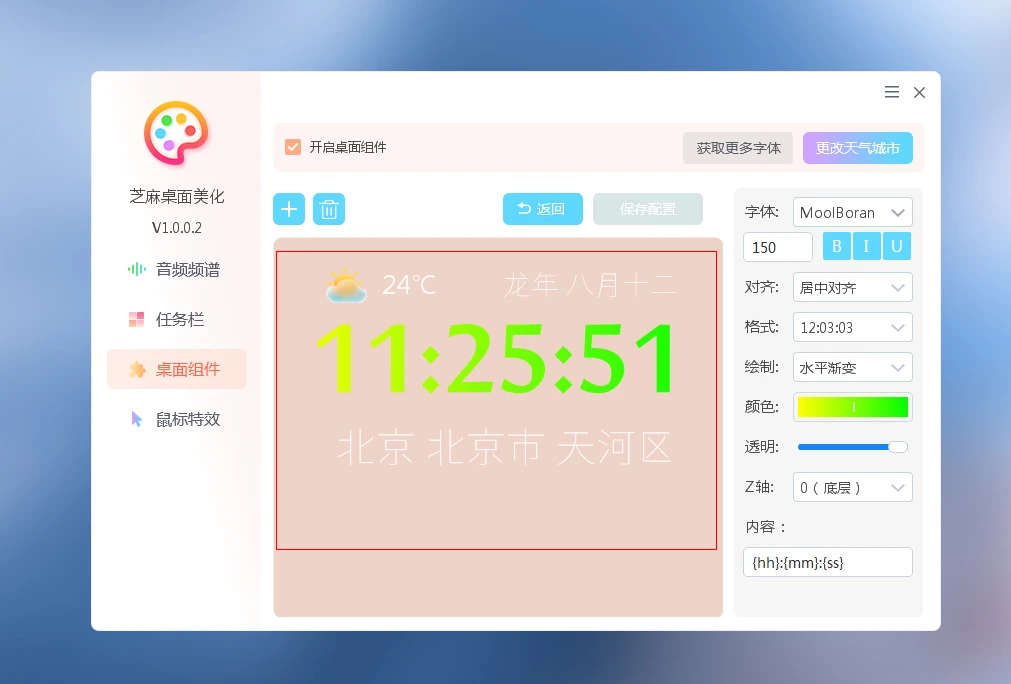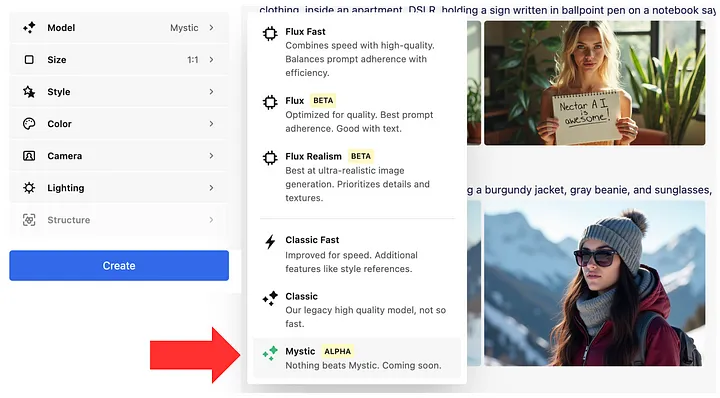什么是关联类型
关联类型是Rust中一种特殊的泛型抽象机制。在trait中,可以定义一个或多个关联类型,这些关联类型与trait的实现类型相关联。关联类型允许我们在trait中使用泛型,但不需要提前指定具体的类型。
不使用关联类型存在的问题
trait 如果对实现了它的容器类型是泛型的,则须遵守类型规范要求——trait 的使用者必须指出 trait 的全部泛型类型。
在下面例子中,Contains trait 允许使用泛型类型 A 和 B。然后我们为 Container 类型实现了这个 trait,将 A 和 B 指定为 i32,这样就可以对它们使用 difference() 函数。
因为 Contains 是泛型的,我们必须在 fn difference() 中显式地指出所有的泛型类型。但实际上,我们想要表达,A 和 B 究竟是什么类型是由输入 C 决定的。在下一节会看到,关联类型恰好提供了这样的功能。
struct Container(i32, i32);
// 这个 trait 检查给定的 2 个项是否储存于容器中
// 并且能够获得容器的第一个或最后一个值。
trait Contains<A, B> {
fn contains(&self, _: &A, _: &B) -> bool; // 显式地要求 `A` 和 `B`
fn first(&self) -> i32; // 未显式地要求 `A` 或 `B`
fn last(&self) -> i32; // 未显式地要求 `A` 或 `B`
}
impl Contains<i32, i32> for Container {
// 如果存储的数字和给定的相等则为真。
fn contains(&self, number_1: &i32, number_2: &i32) -> bool {
(&self.0 == number_1) && (&self.1 == number_2)
}
// 得到第一个数字。
fn first(&self) -> i32 { self.0 }
// 得到最后一个数字。
fn last(&self) -> i32 { self.1 }
}
// 容器 `C` 就包含了 `A` 和 `B` 类型。鉴于此,必须指出 `A` 和 `B` 显得很麻烦。
fn difference<A, B, C>(container: &C) -> i32 where
C: Contains<A, B> {
container.last() - container.first()
}
fn main() {
let number_1 = 3;
let number_2 = 10;
let container = Container(number_1, number_2);
println!("Does container contain {} and {}: {}",
&number_1, &number_2,
container.contains(&number_1, &number_2));
println!("First number: {}", container.first());
println!("Last number: {}", container.last());
println!("The difference is: {}", difference(&container));
}
关联类型
通过把容器内部的类型放到 trait 中作为输出类型,使用 “关联类型” 增加了代码的可读性。这样的 trait 的定义语法如下:
#![allow(unused)]
fn main() {
// `A` 和 `B` 在 trait 里面通过 `type` 关键字来定义。
// (注意:此处的 `type` 不同于为类型取别名时的 `type`)。
trait Contains {
type A;
type B;
// 这种语法能够泛型地表示这些新类型。
fn contains(&self, _: &Self::A, _: &Self::B) -> bool;
}
注意使用了 Contains trait 的函数就不需要写出 A 或 B 了:
// 不使用关联类型
fn difference<A, B, C>(container: &C) -> i32 where
C: Contains<A, B> { ... }
// 使用关联类型
fn difference<C: Contains>(container: &C) -> i32 { ... }
让我们使用关联类型来重写上一小节的例子:
struct Container(i32, i32);
// 这个 trait 检查给定的 2 个项是否储存于容器中
// 并且能够获得容器的第一个或最后一个值。
trait Contains {
// 在这里定义可以被方法使用的泛型类型。
type A;
type B;
fn contains(&self, _: &Self::A, _: &Self::B) -> bool;
fn first(&self) -> i32;
fn last(&self) -> i32;
}
impl Contains for Container {
// 指出 `A` 和 `B` 是什么类型。如果 `input`(输入)类型
// 为 `Container(i32, i32)`,那么 `output`(输出)类型
// 会被确定为 `i32` 和 `i32`。
type A = i32;
type B = i32;
// `&Self::A` 和 `&Self::B` 在这里也是合法的类型。
fn contains(&self, number_1: &i32, number_2: &i32) -> bool {
(&self.0 == number_1) && (&self.1 == number_2)
}
// 得到第一个数字。
fn first(&self) -> i32 { self.0 }
// 得到最后一个数字。
fn last(&self) -> i32 { self.1 }
}
fn difference<C: Contains>(container: &C) -> i32 {
container.last() - container.first()
}
fn main() {
let number_1 = 3;
let number_2 = 10;
let container = Container(number_1, number_2);
println!("Does container contain {} and {}: {}",
&number_1, &number_2,
container.contains(&number_1, &number_2));
println!("First number: {}", container.first());
println!("Last number: {}", container.last());
println!("The difference is: {}", difference(&container));
}
代码对比

参考资料
rust-by-example types
泛型与关联类型
on-generics-and-associated-types













![MySQL迁移达梦报错,DMException: 第1 行附近出现错误: 无效的表或视图名[ACT_GE_PROPERTY]](https://img-blog.csdnimg.cn/img_convert/068826242618a37615589eb562ccd02e.webp?x-oss-process=image/format,png)





